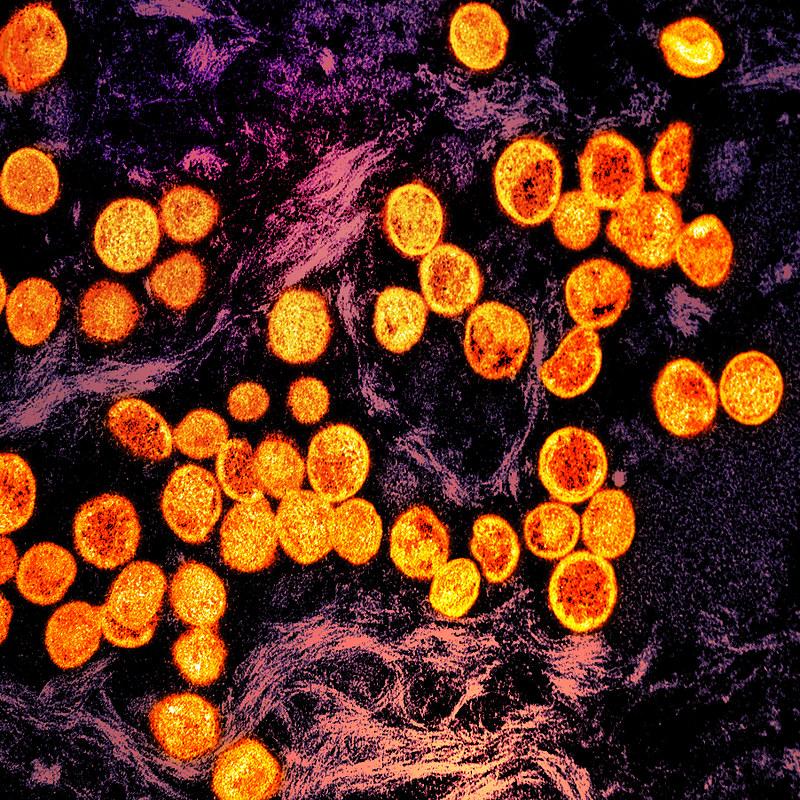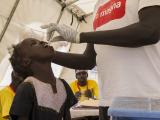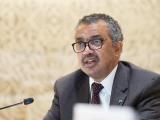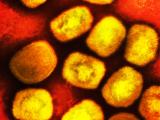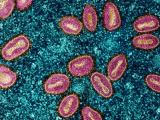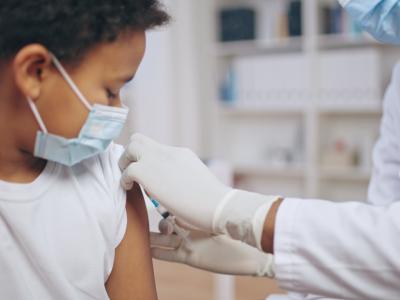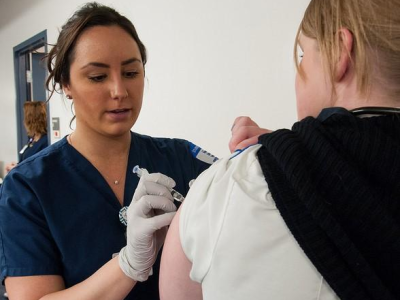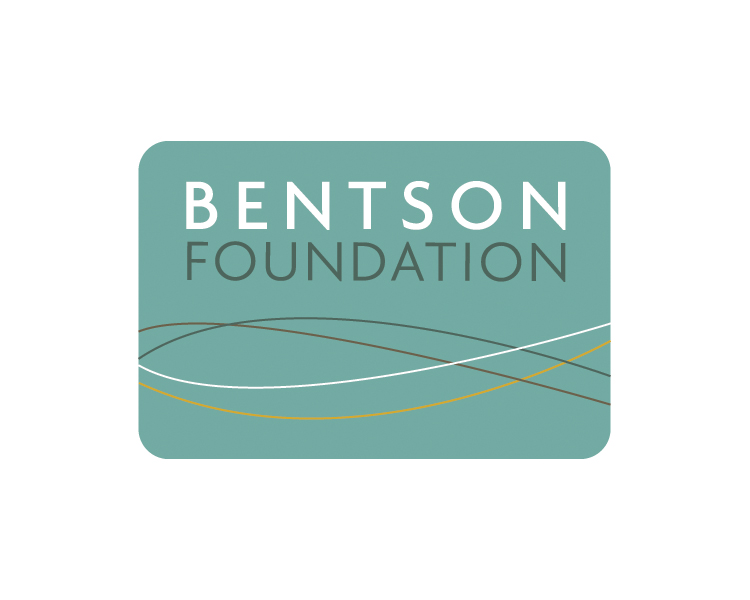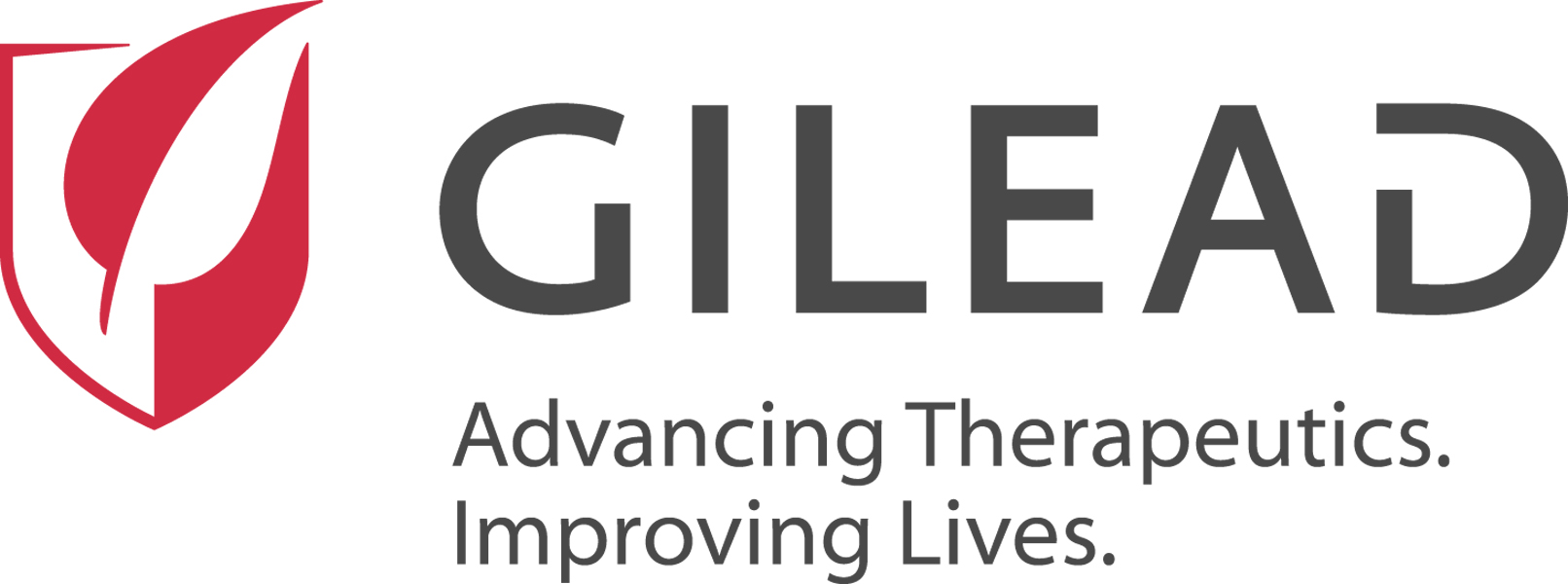Though some of Africa’s biggest mpox hot spots continue to see downward trends, fresh spikes are occurring in other countries such as Kenya and Zambia. Meanwhile, local spread is now suspected in Senegal, following an earlier detection of an imported travel-linked case.
In Africa this year, 26 countries have experienced mpox outbreaks. Meanwhile, deadly cholera outbreaks have struck 23 of the region’s countries, with 20 also grappling with measles, as well as other infectious disease outbreaks including dengue and Lassa fever.
At a weekly media briefing today, Yap Boum, PhD, MPH, deputy incident manager for Africa CDC's mpox response, said no mpox deaths were reported over the past week, which is encouraging.
In Kenya, a current hot spot, the clade 1b virus was initially spreading in transportation corridors among truck drivers and sex workers, but the dynamics have shifted with the spread of the virus to Nairobi. Boum said the high test-positivity rate is a sign that more surveillance is needed, and Africa CDC officials will meet with their Kenyan counterparts this week to do a “deep dive” into how the outbreak is evolving.
Zambia last week reported a jump in suspected and confirmed cases, with Cooperbelt, Muchinga, and Lusaka provinces most affected.
Eleven percent of contacts have tested positive, an encouraging sign that the country is identifying the right contacts, Boum said.
Local mpox spread in Senegal
Senegal, Africa’s most recently affected country, reported its first case on August 22, which was liked to travel in East Africa and was identified as clade 1b.
However, Boum said another case was confirmed on September 22, but involved clade 2b. Soon after, four related cases were identified, which he said suggests that human-to-human spread is occurring in the country. He added that the situation in Senegal highlights the ongoing threat of mpox spread to new countries.
He also said Senegal’s health ministry on September 21 declared a Rift Valley fever outbreak, with 28 cases reported so far, 8 of them fatal. The mosquito-borne disease primarily strikes livestock. Though humans can be infected by mosquitoes, the virus is more commonly passed through contact with blood or organs of infected animals or drinking milk from sick ones.
Cholera rises in Chad, Burundi, and Angola
The cholera total in Africa is expected to pass 300,000 cases by the end of the year, triple that of 2022, Boum said. The case-fatality rate this year is at 2.1%, which is higher than expected and is a continued concern, he added.
In Chad, access to outbreak areas has been a challenge, and health officials still don’t have a clear understanding of what’s happening on the ground.
Elsewhere, Burundi has also experienced a sharp rise, a sign of emerging hot spots that need immediate attention, Boum said.
Angola’s cholera surge initially declined, but over the last 2 weeks is rising again, which Boum said is a sign that sustainable control hinges on fixing root causes.
Sudan remains the highest burden country, and though cases have declined by 40%, ongoing transmission is still significant, he said.
DRC Ebola outbreak insights
Officials from both Africa CDC and the World Health Organization (WHO) today shared cautious optimism about the latest Ebola outbreak in the Democratic Republic of the Congo (DRC), given that the affected part of Kasai province is approaching a week with no new confirmed cases.
Boum said some of the drivers were contact with infected people during childcare and sharing of contaminated objects. He said more than 9,000 people have now been vaccinated and that health officials hope to gather a stockpile of the monoclonal antibody mAb114 (ansuvimab-zykl, also known as Ebanga).
“This is a critical tool that needs to be scaled up,” he said, noting that the morality rate is 35% in patients treated, much lower than without the therapy.
At a WHO briefing today on global health issues, the group’s Director-General Tedros Adhanom Ghebreyesus, PhD, though the outbreak area has gone 5 days with no new cases, 1,800 contacts are still being monitored.
He added that the outbreak’s remote location has been helpful for containment, it has posed a challenge for the response. Tedros said the WHO built 2.5 km of pipes to supply the area with water and equipped the Ebola treatment centers with oxygen concentrators, which can help save the lives of the sickest patients.
The WHO had earlier announced a $66.6 million appeal to support the Ebola outbreak response and recently published a strategic response plan. “Once again, I congratulate the government for its response to this outbreak, and its leadership,” he said.
